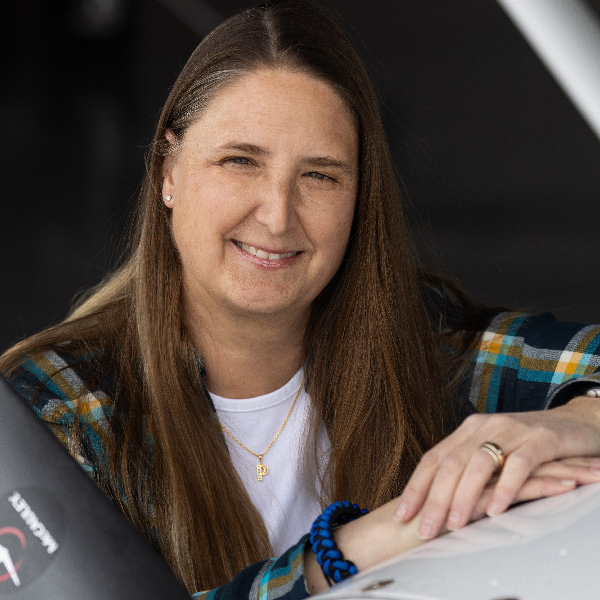Home for the holidays
Turn get-there-itis into get-there-safest
Right about now you’re probably beginning to plan for the end-of-year holidays. Your loved ones are eagerly anticipating Thanksgiving and Christmas, and you want to make sure you’re involved in whatever pumpkin-spice-flavored family revelry may ensue.

Then you have that lightbulb moment and say, “Hey, let’s fly there! That would be much more fun than fighting the 25 million cars we’ll encounter on the Interstate.”
Great idea. What are some of the things you’ll need to consider?
We know that every year, without fail, Thanksgiving is celebrated on the fourth Thursday of November, Christmas is on December 25, and New Year’s Eve occurs a week after that. These dates don’t ever change. So, before we even begin flight planning, we know we have appointments that we absolutely, positively must show up for.
Self-induced time pressure, also known as “get-there-itis,” is the powerful urge to get somewhere even when conditions or circumstances have changed (usually for the worse). Often, those changes are subtle, almost imperceptible. For example, a tweaked weather forecast that brings in the clouds a few hundred feet lower, or the rain front a few hours earlier. Sometimes it’s an unfamiliar mechanical burble on your aircraft that gives you pause. Or perhaps it’s a physiological one—you didn’t sleep well the night before, or you’ve been burning the candle at both ends.
All of these could be grounds to cancel or delay your flight. But you feel committed—to yourself, your family, your friends, or just your own personal pride—so you press on.
Get-there-itis strikes again.
If you’re under pressure to get somewhere, awareness of that fact is your best first line of defense. Consider giving yourself more time for the journey or taking an alternate means of transportation.
Some of the signs you’re succumbing to get-there-itis include rationalizing actions that could be unsafe, ignoring possible alternatives, and worrying that friends and family may think less of you for having made a conservative choice. Worst of all is losing respect for yourself.
So, it’s time to flip the narrative. Canceling a flight for any number of reasons, and determining that the safest course of action is also the one that might cause the most disappointment is not a failure, it’s wise aeronautical decision making. And we need to be OK with that.
I recently had a visitor with whom I wanted to attend an out-of-town event. We got to the airport just as the morning haze was lifting. “It’ll be fine,” I told her. I consulted ForeFlight, listened to the weather at my home and destination airports, and I was certain that by the time I’d completed my preflight checks, started up the engine, and received the clearance to taxi, it would be clear-and-a-million. We pulled the aircraft out of the hangar and strapped ourselves in.
Then I got a call from a pilot friend.
“Do you see that dark gray cloud that just popped up in the north?” I told him I was aware of said cloud, but that we could easily fly around it. His response: “You are pilot in command, and you will make the go/no-go decision. Just make it smart.”
My guest and I got out and stood next to the airplane as the cloud grew and swelled into a towering cumulus across our anticipated flight path. I canceled the flight, and we missed the show. She understood completely.
This end-of-year holiday season, make smart decisions. If you see that anything’s coming precariously close to busting your personal minimums, just be prepared to switch gears. Your family will give you grace if you show up a bit later than everyone else because you drove the car. 

 airsafetyinstitute.org/ACS/blindoverbakersfield
airsafetyinstitute.org/ACS/blindoverbakersfield

